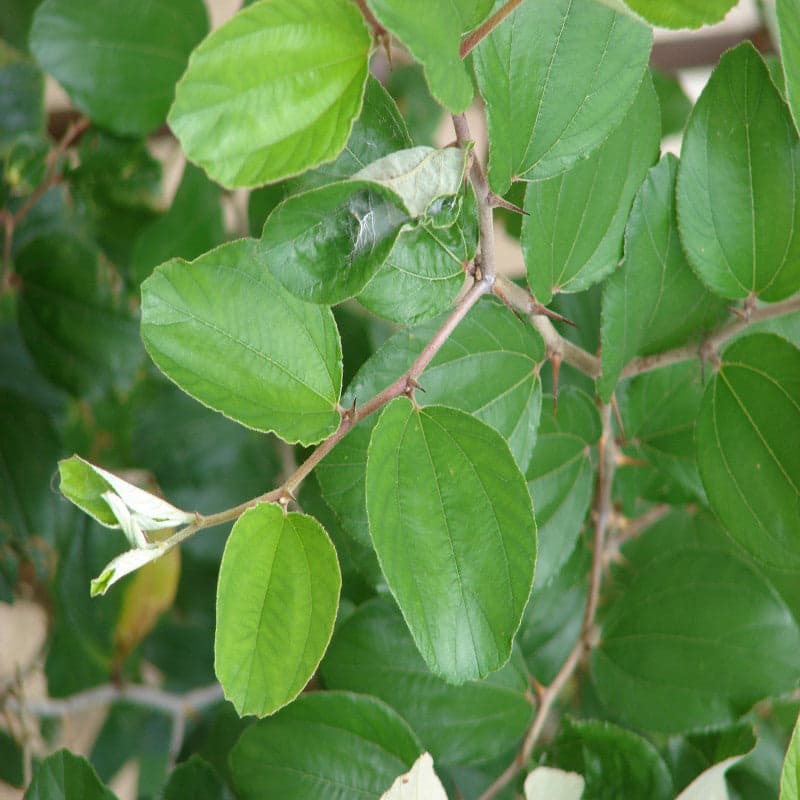In the lush expanses of orchards and verdant gardens, the jujubee tree stands as a testament to nature's resilience and bounty. With its origins steeped in ancient history, this remarkable tree cultivates not only sweet, succulent fruits but also a sense of wonder for horticulturists and casual admirers alike. The journey of the jujubee tree, or Indian Ber, is a captivating saga that intertwines ecological vitality and human cultivation practices. This exploration of the jujubee tree's life cycle emphasizes the various stages of its growth and the conditions that inspire its flourishing.
The jujubee tree, known scientifically as Ziziphus mauritiana, is indigenous to the arid and semi-arid regions of Asia and Africa. Its hardy nature allows it to thrive in diverse climatic conditions, evidencing its adaptability. Cultivated for thousands of years, the jujubee has garnered a place of honor in culinary traditions across numerous cultures, providing nourishment while simultaneously embodying resilience against harsh environmental conditions.
As we embark on this botanical journey, it is important to comprehend the initial phase of life for the jujubee tree: germination. The seeds of the jujubee tree are robust and buoyant in nature. They require specific conditions for germination, including adequate moisture and warmth. Typically, the seeds are sown in well-drained soil, where they can absorb requisite nutrients. Under optimal conditions, the seeds can germinate within a few weeks, revealing tender seedlings that mark the beginning of the tree's saga.
As these seedlings emerge, they enter the vegetative stage of growth. During this phase, young jujubee trees exhibit rapid growth, developing an extensive root system that enables them to access vital resources. This root network is pivotal; it allows the tree to tap into deep soil layers for water and nutrients, ensuring its survival in arid conditions. Concurrently, the trees develop their characteristic thorny branches and lush green leaves, which serve multiple purposes including photosynthesis, water storage, and providing shade to the underlying soil.
The transitional phase to maturity is marked by the tree’s transformation from juvenile to adult. Typically, jujubee trees reach maturity within three to five years, a relatively short period for fruit-bearing trees. During this maturation process, the tree begins to exhibit its flowering potential. Flowering generally occurs in the spring, heralding the onset of the reproductive stage of the life cycle. The fragrant, small yellow-green flowers are not only aesthetically pleasing but also serve as avenues for pollination. Attracting bees and other pollinators, these blossoms are crucial for the production of the delectable fruit that brings joy to many.
Once pollination occurs, the transformation from flower to fruit begins. The jujubee fruits, often referred to as jujubes, are small, oval-shaped drupes that range in color from green to a rich brown as they mature. It is during the late summer to early autumn that these fruits reach their peak ripeness. The flavor profile of jujubes is sweet, reminiscent of dates, but with a unique tartness that varies by variety. Harvesting jujubes is a labor-intensive process, often requiring careful hand-picking to avoid damaging the delicate fruits.
A noteworthy aspect of the jujubee tree's life cycle is its longevity. These trees can live for several decades, and in some cases, over a century. This longevity not only enhances their fruit production but also allows them to play a significant role in the local ecosystem. With their extensive root systems, jujubee trees help prevent soil erosion, improve soil fertility, and provide shelter for various wildlife species. The intertwining existence of this tree with its environment showcases the symbiotic relationships that define ecological health.
Furthermore, the jujubee tree exhibits remarkable seasonal adaptations. In preparation for the harsher climatic conditions of winter, the tree undergoes a period of dormancy. During this time, metabolic processes slow down significantly, allowing the tree to conserve energy and resources. This dormancy is crucial; it ensures that when spring arrives, the tree can burst forth with new growth, ready to thrive once more.
As consumers and eco-conscious individuals, understanding the life cycle of the jujubee tree offers inspirations for sustainable practices in agriculture and horticulture. By employing ecologically sound methods, such as organic farming and permaculture techniques, we can promote the health of jujubee trees, ultimately enhancing fruit yield while preserving the environment. It is an inspiring interconnection; the health of our planet directly influences the abundance of nature’s generous offerings.
In summary, the life cycle of the jujubee tree encapsulates the interplay between resilience and nourishment. From germination to full maturity, each stage of development highlights the intricate processes that contribute to its survival and fruit production. Beyond its botanical significance, the jujubee tree serves as a symbol of prosperity, adaptability, and a profound connection to our natural world. It invites us all to appreciate the intricate web of life that sustains us while encouraging mindful stewardship of our ecological spaces.




















Responses (0 )